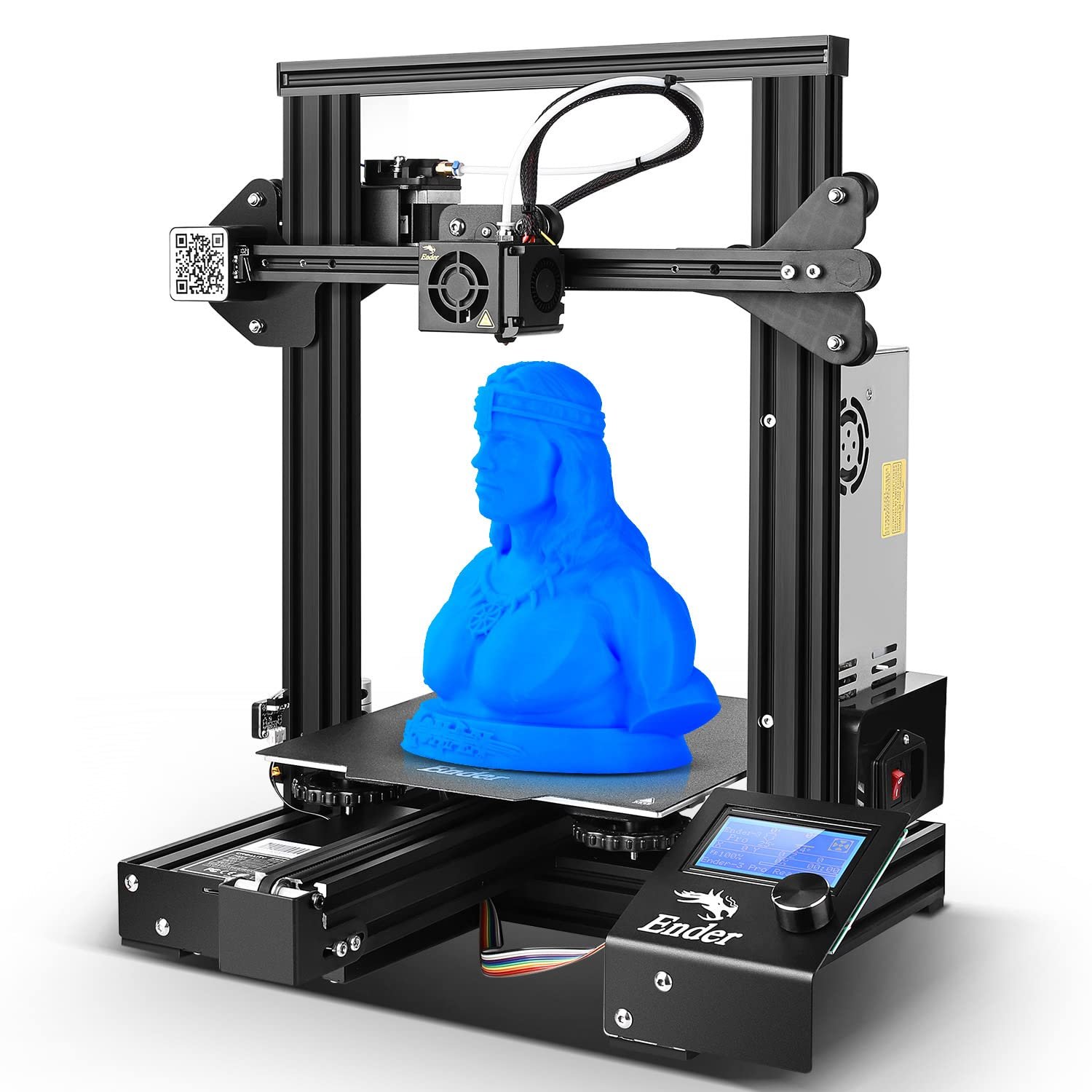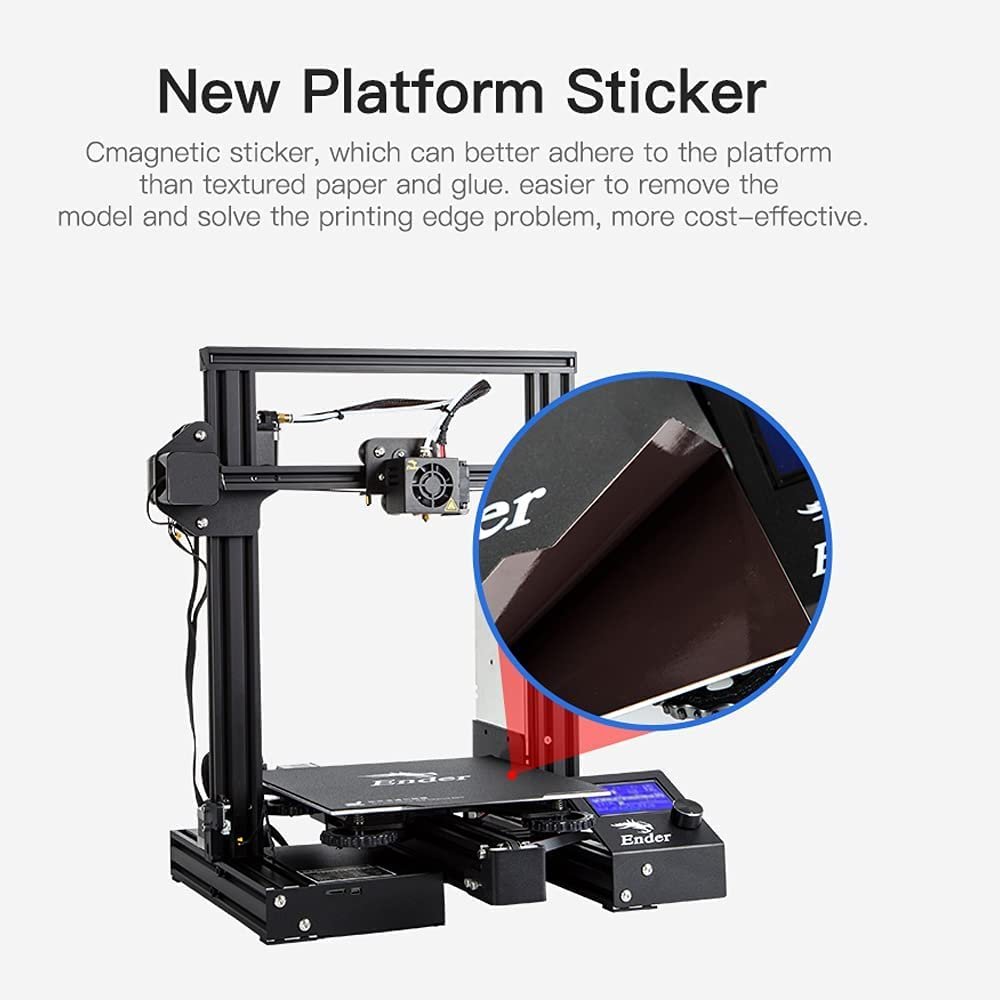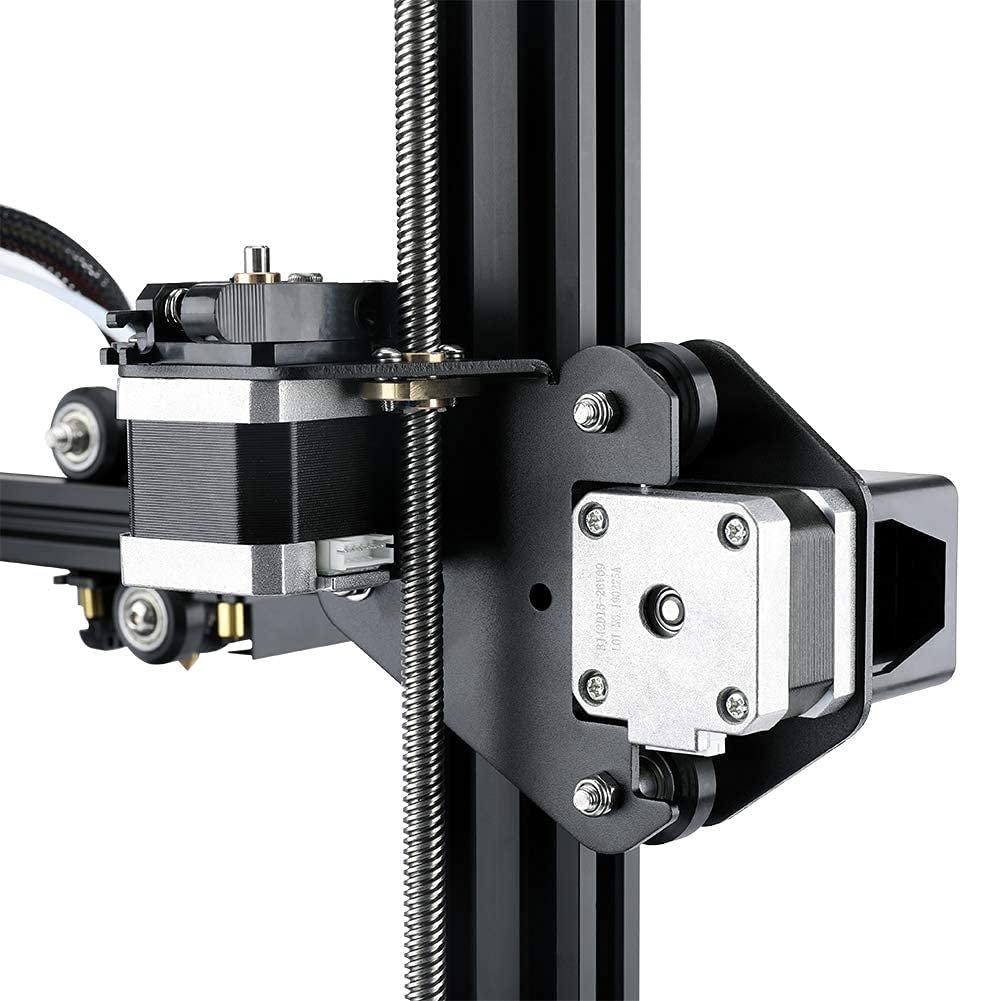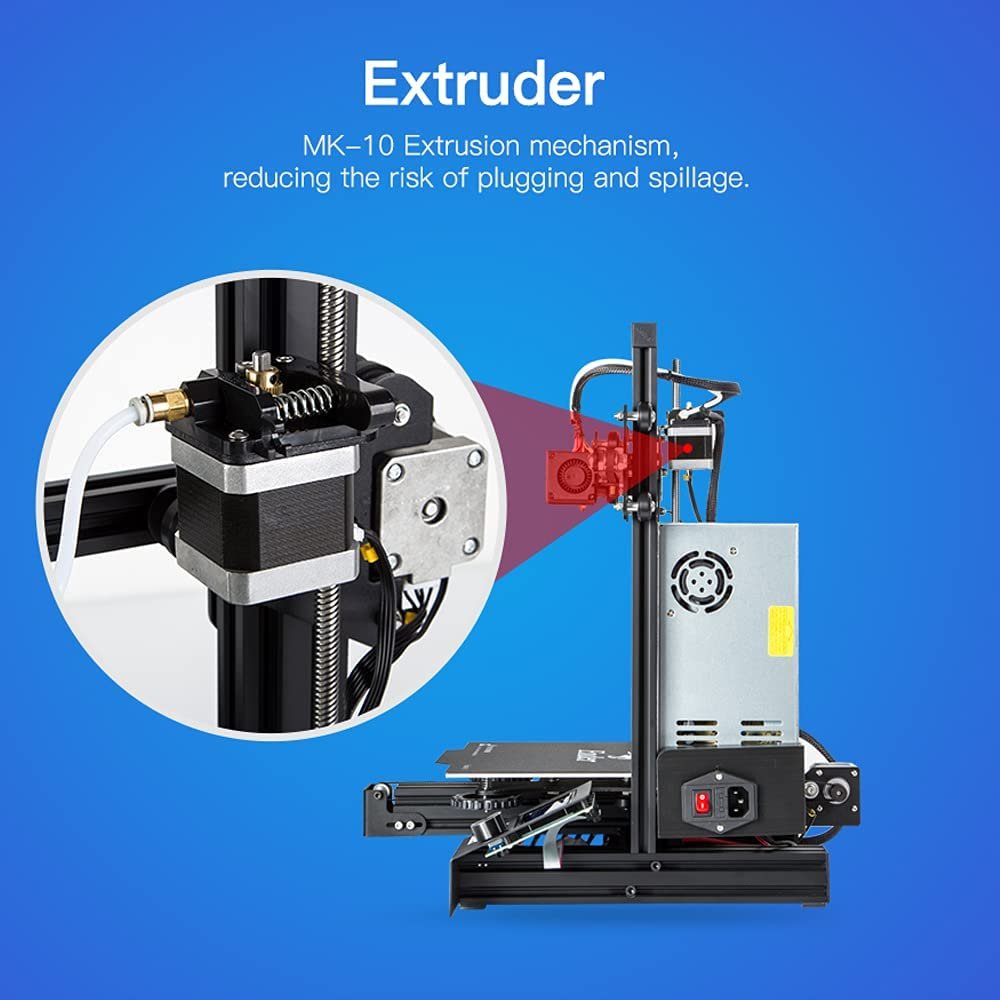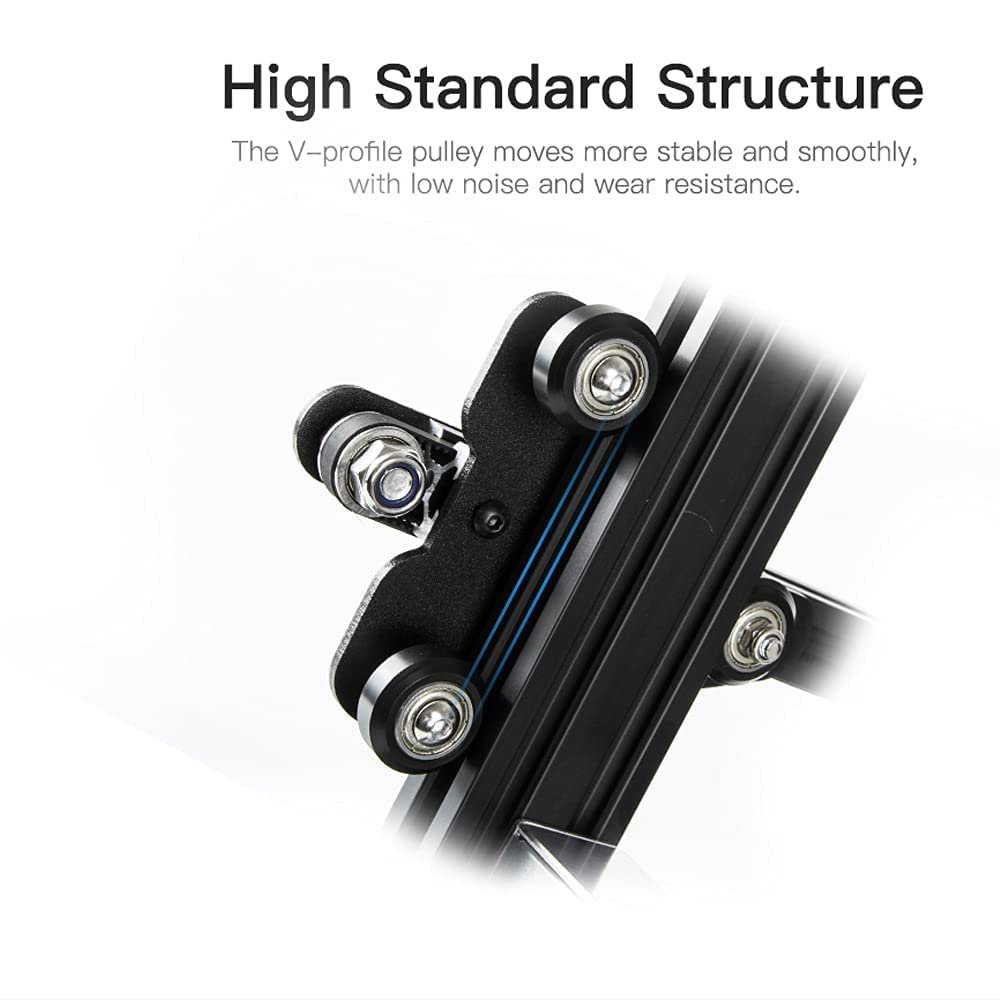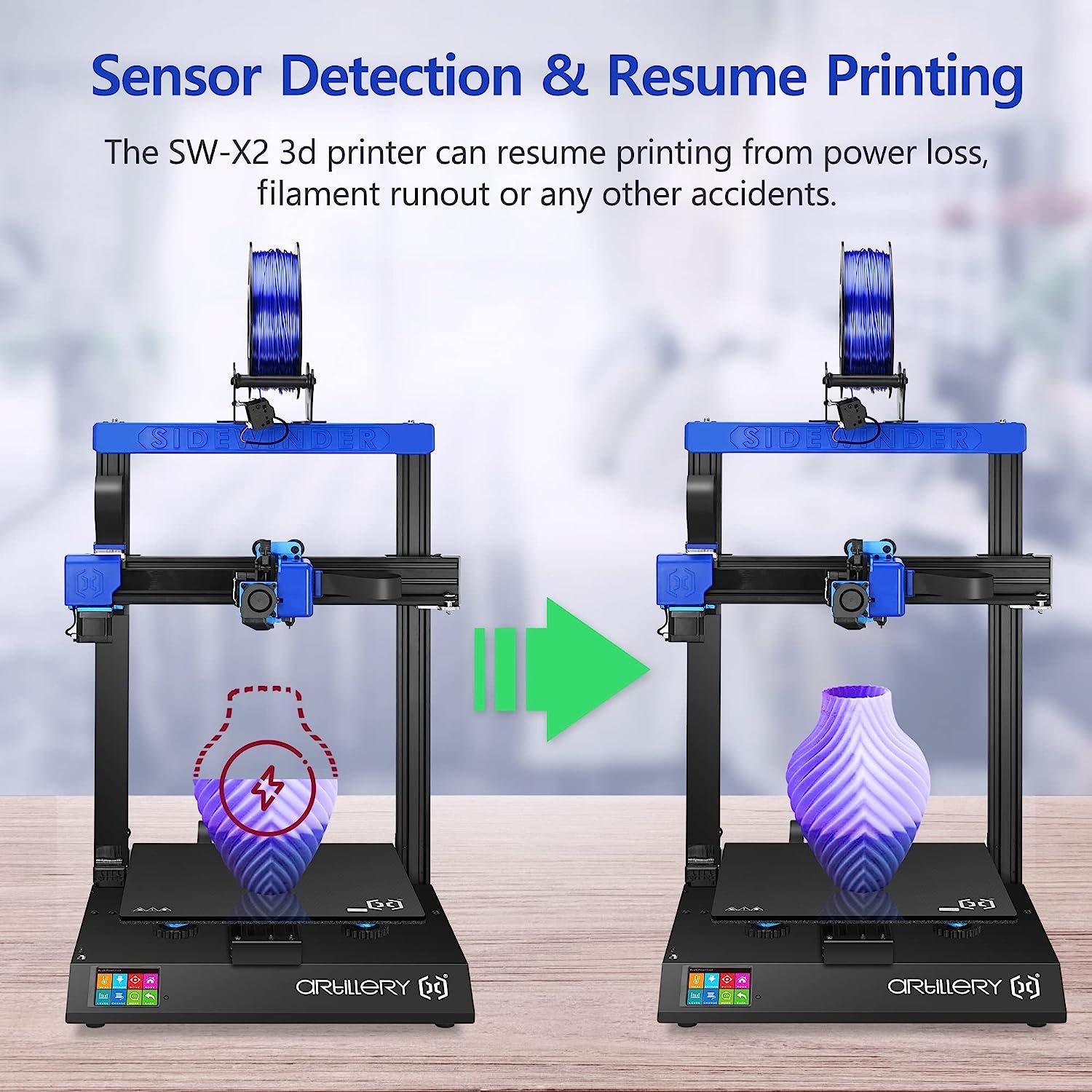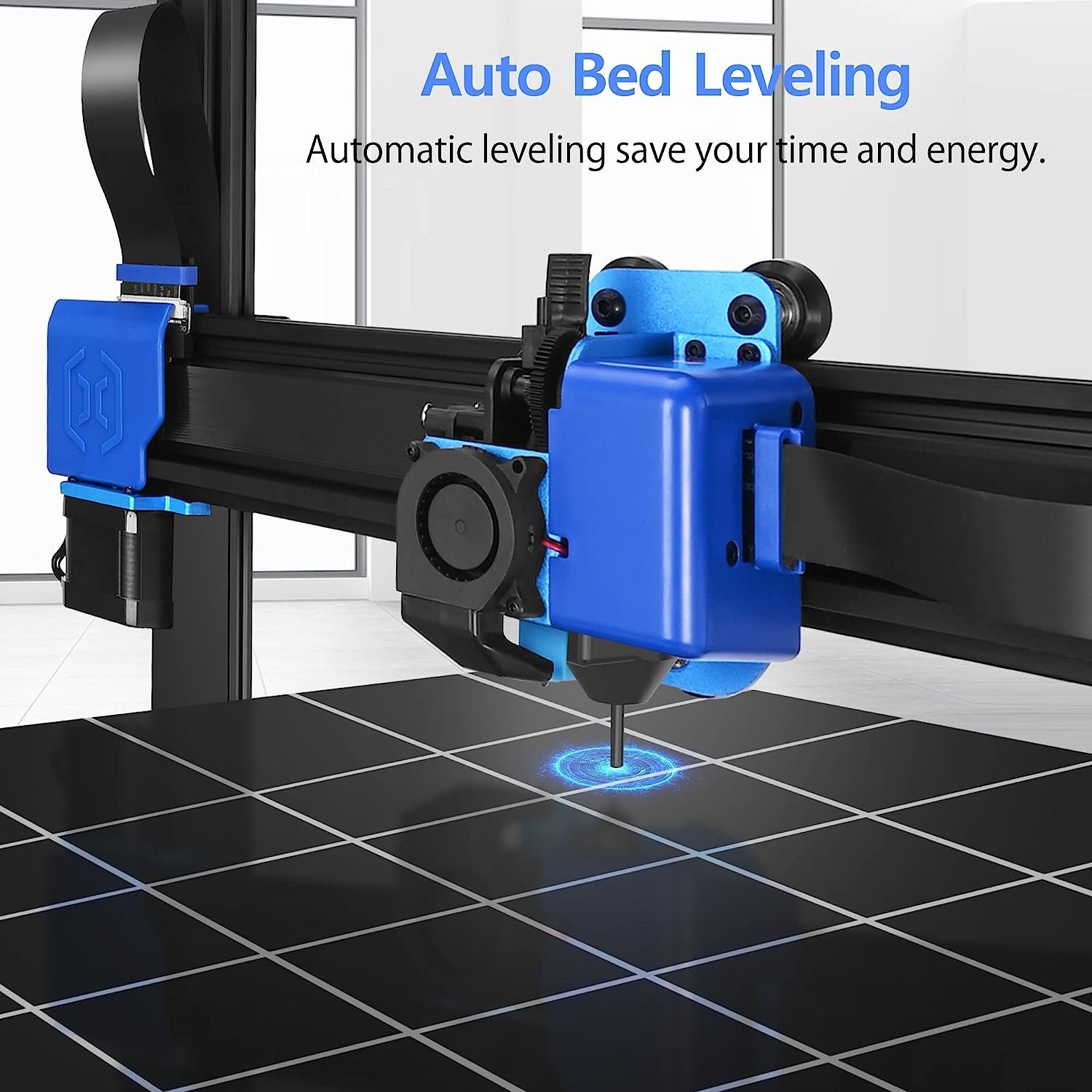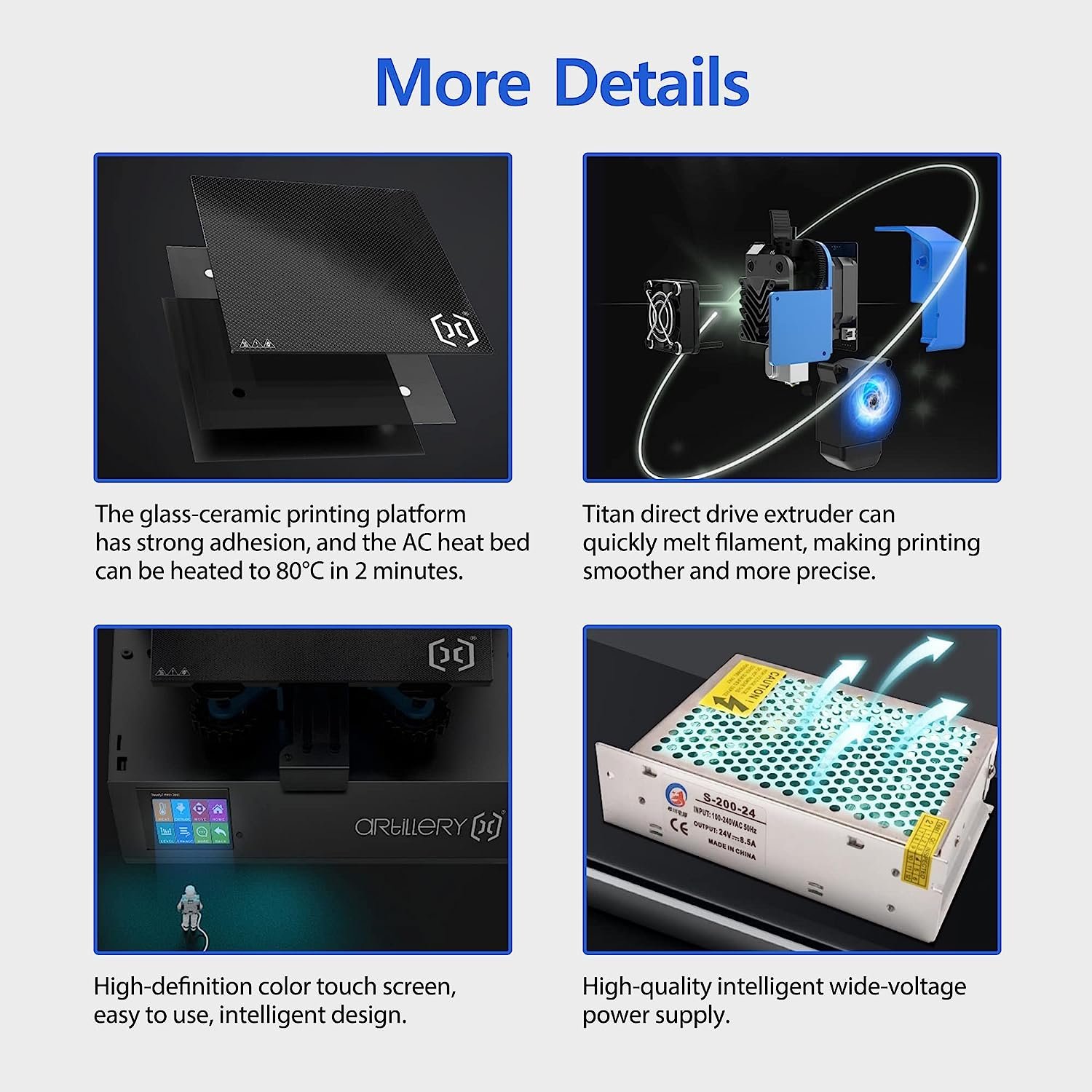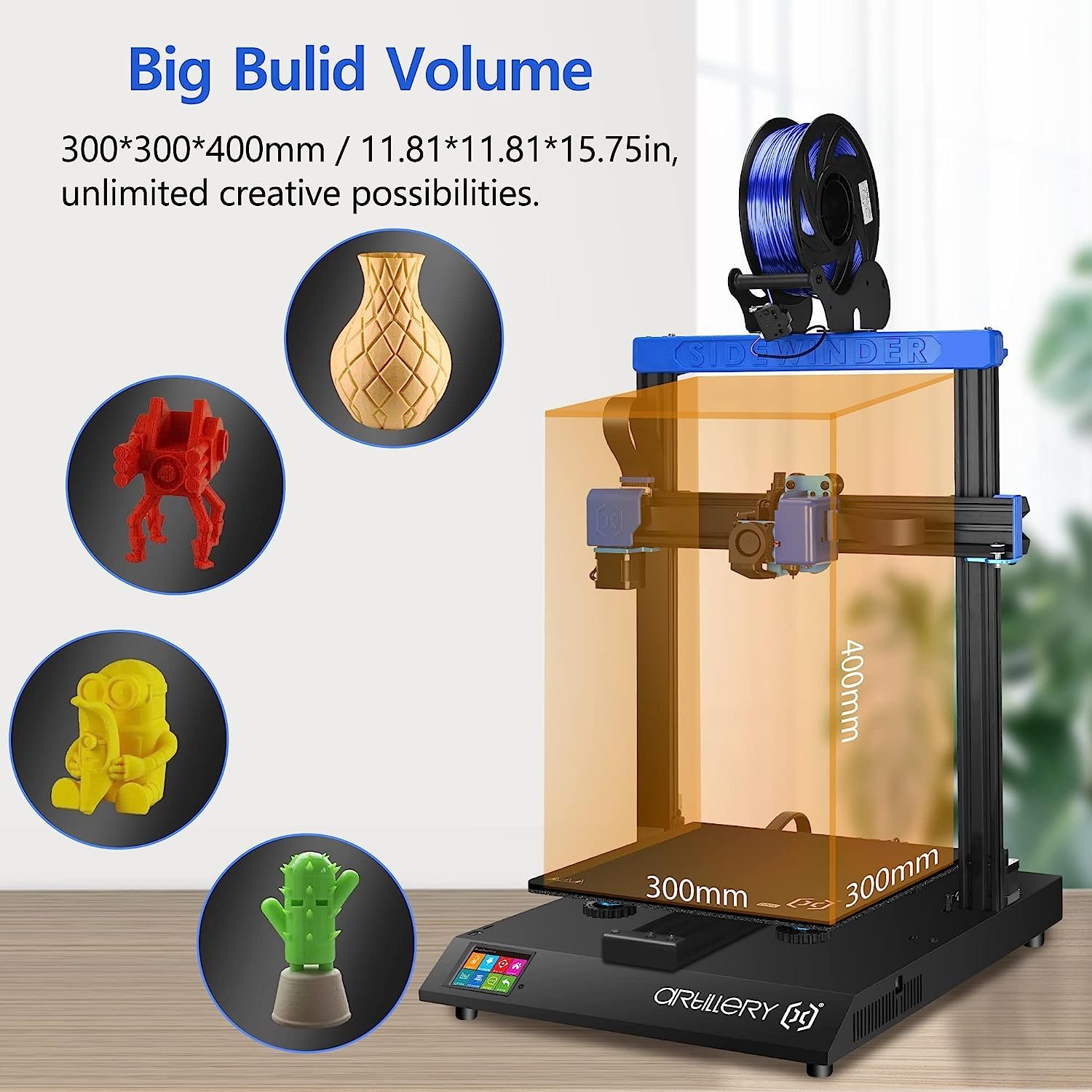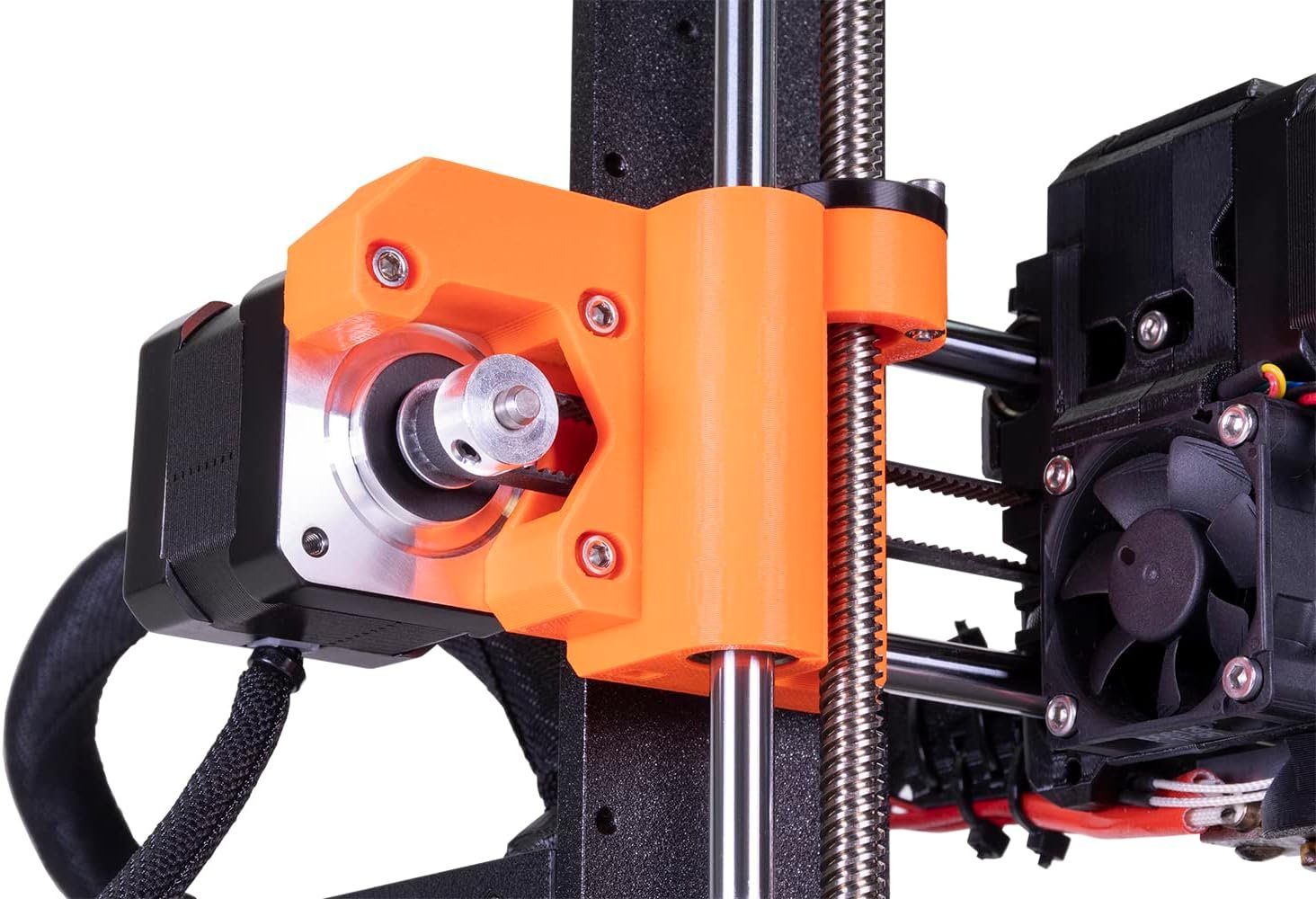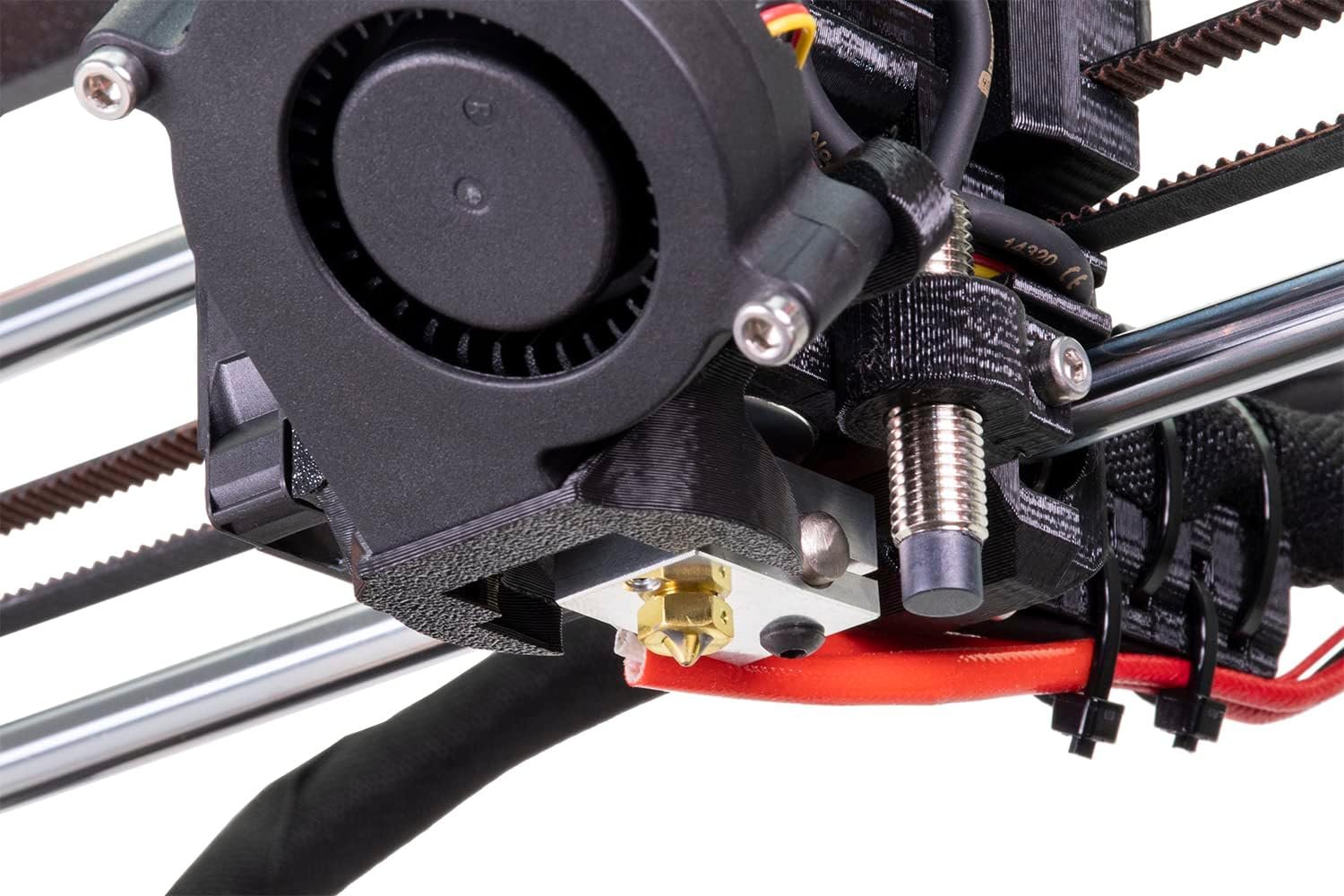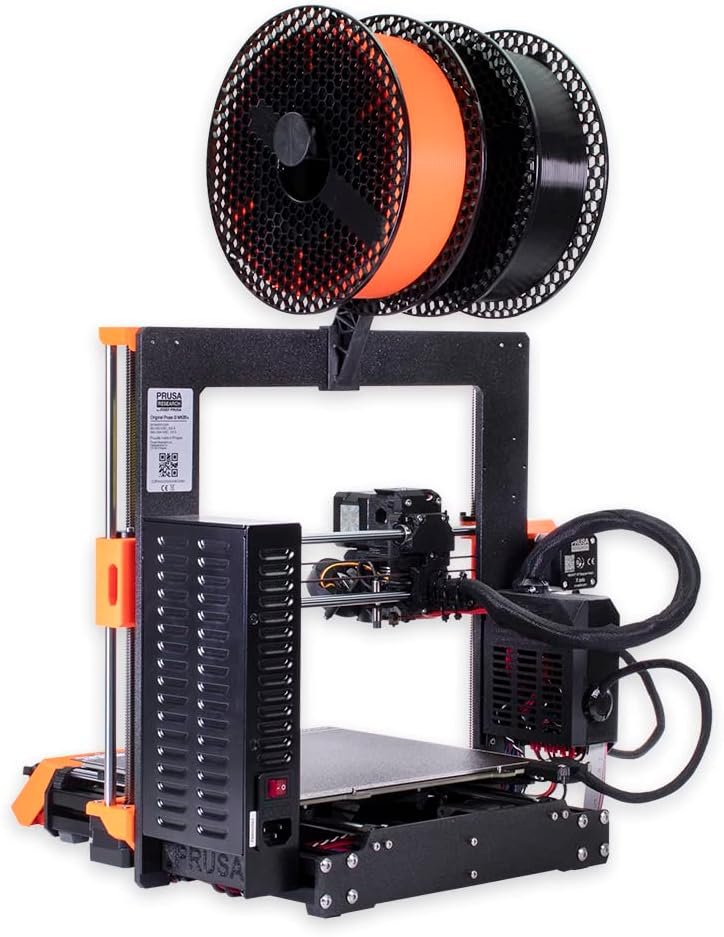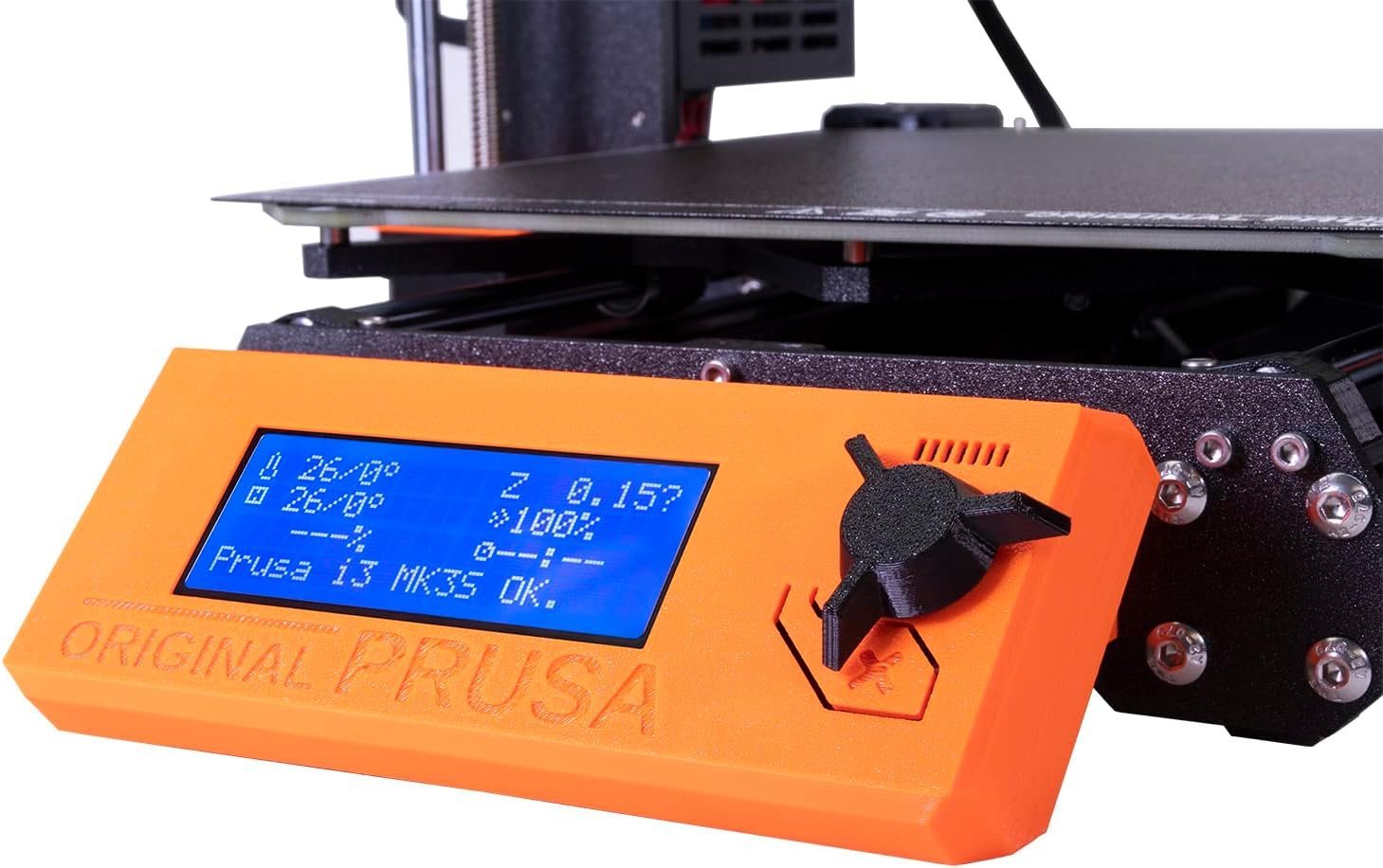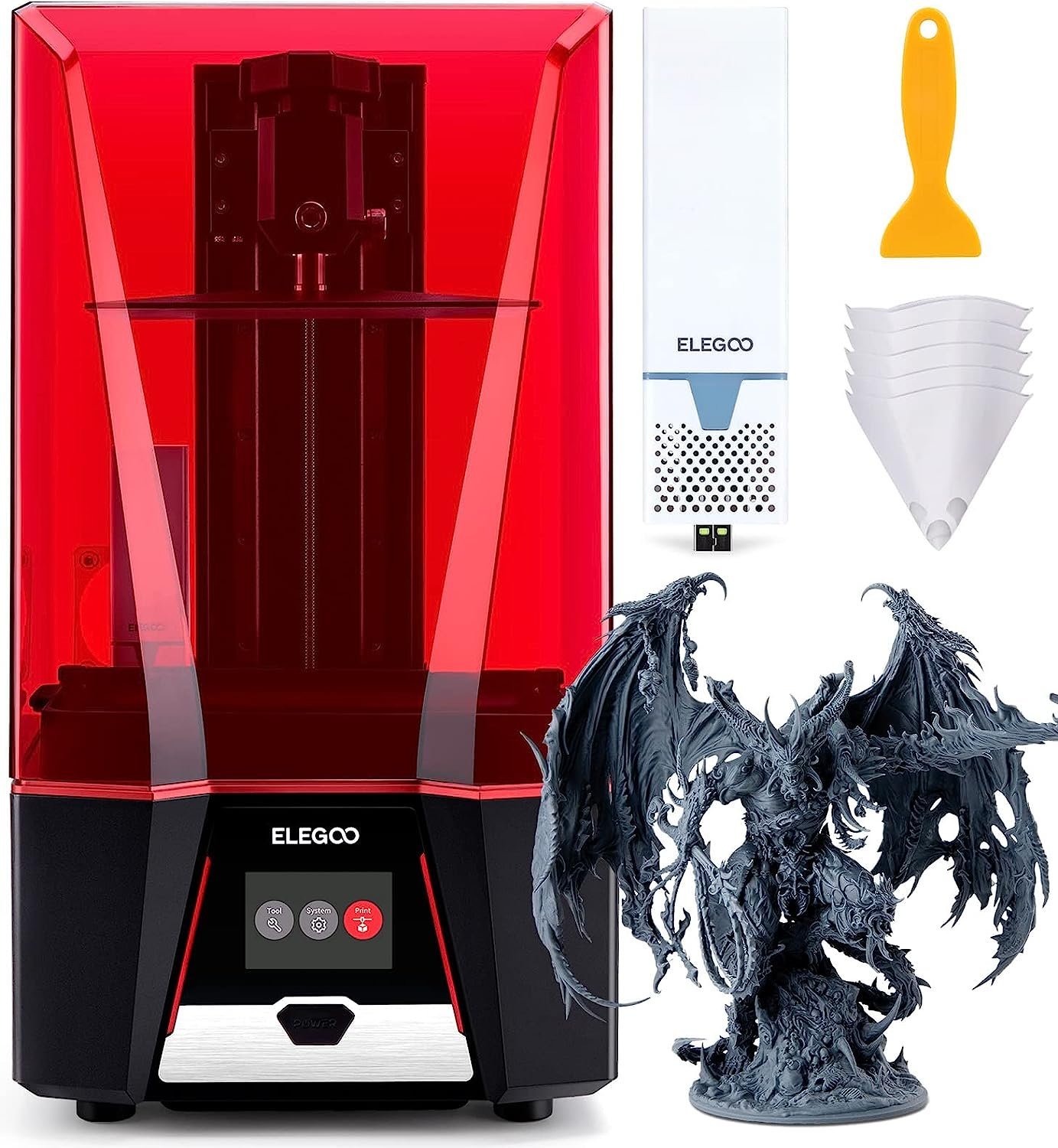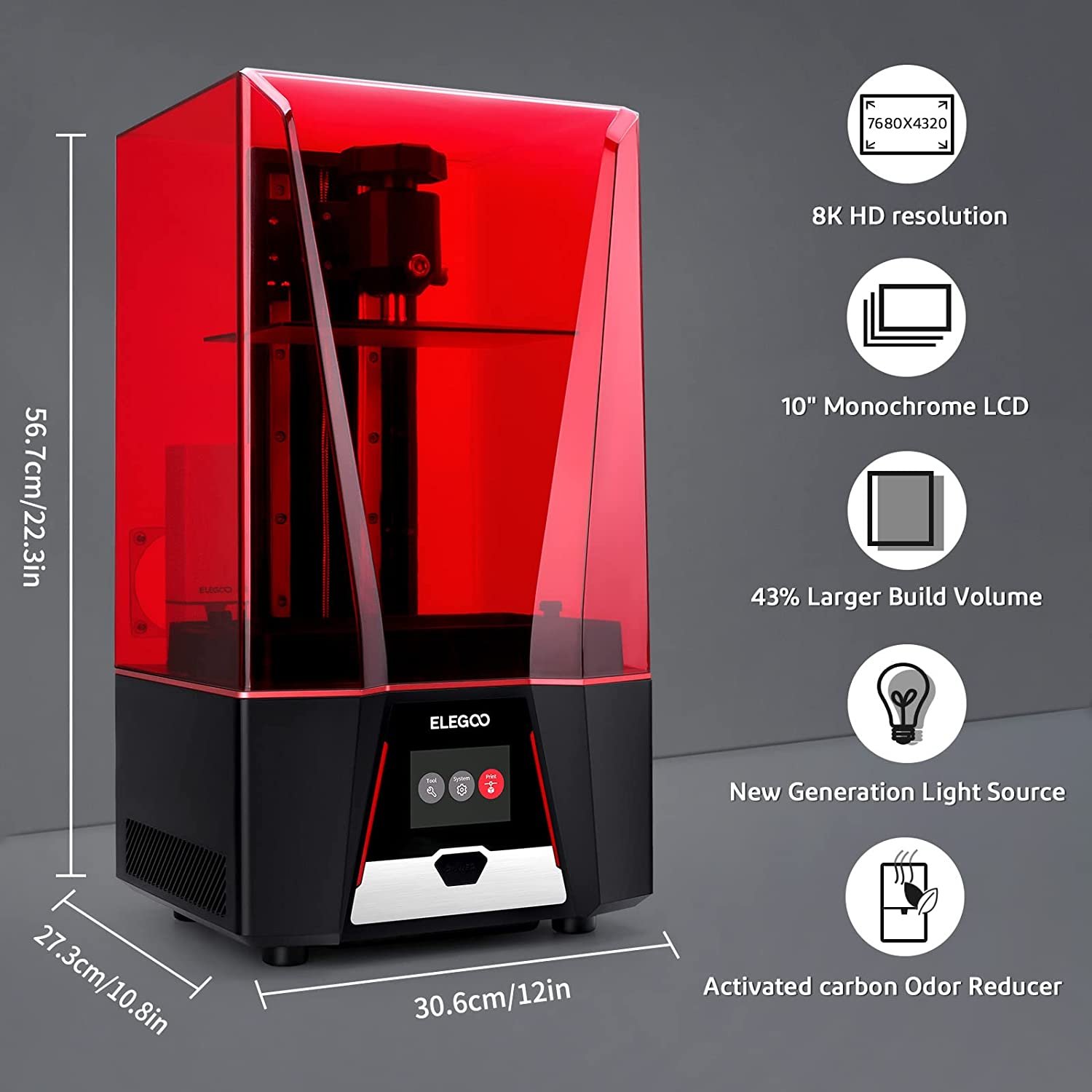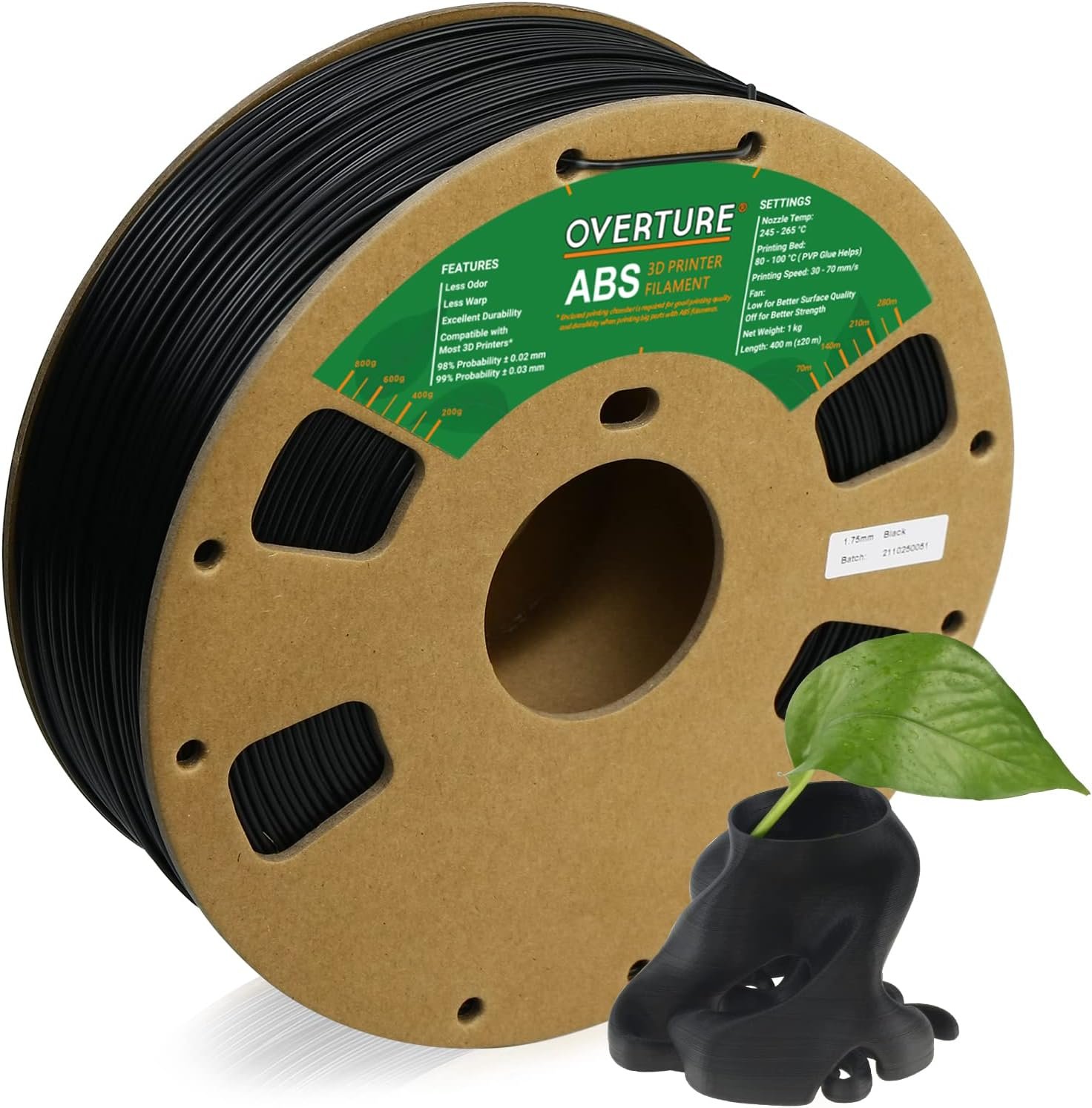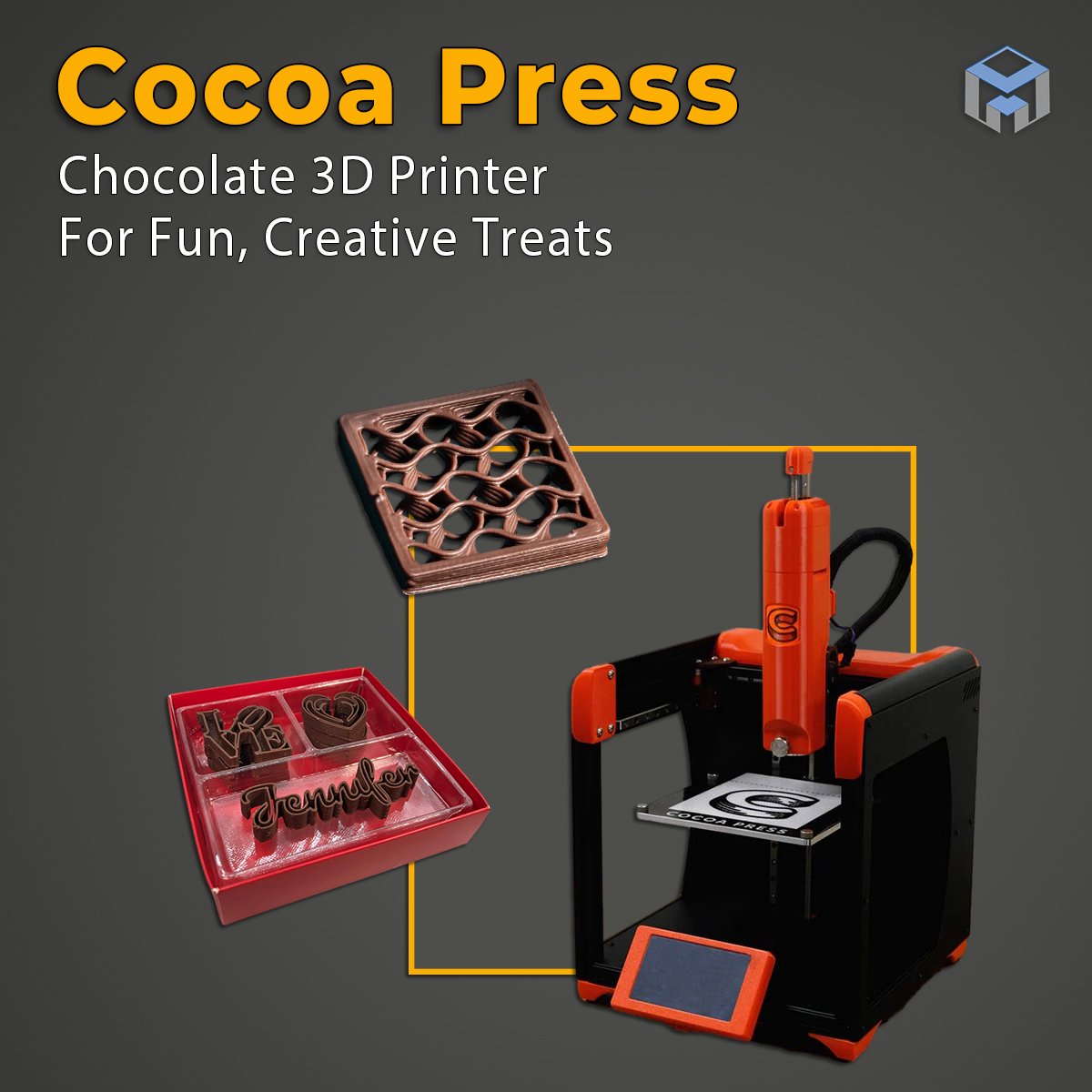The Complete Beginner's Guide to Buying Your First 3D Printer in 2023
If you're new to 3D printing, purchasing your first 3D printer can feel overwhelming. With so many models and technologies available at different price points, how do you decide what's right for your needs?
This beginner's guide will walk you through everything you need to know when buying your first 3D printer, from key questions to ask yourself to top budget models under $200, $500, and $1000.
The Two Types Of Consumer 3D Printers
The 2 main types of consumer 3D printers are FDM (Fused Deposition Modeling) printers and resin 3D printers, each with its own strengths and considerations. Understanding the differences between these methods can help you make an informed decision based on your specific needs.
FDM printing, also known as filament-based printing, involves melting and extruding a thermoplastic filament to build objects layer by layer. This technology is widely accessible and offers a range of affordable 3D printers. FDM printers are known for their versatility and ability to handle a wide variety of filaments, including PLA, ABS, PETG, and more. They are suitable for various applications, such as prototyping, functional parts, and larger-scale prints. FDM printing also allows for easy post-processing and modification of printed objects.
On the other hand, resin printing also referred to as stereolithography (SLA) or digital light processing (DLP), uses a liquid photopolymer resin that is cured by a light source, typically an ultraviolet (UV) laser or an LCD panel. Resin printers produce highly detailed, smooth, and precise prints with intricate geometries. They excel in producing small-scale models, jewelry, dental and medical applications, and other objects that require fine details and high-resolution output. Resin printing offers a wide range of specialized resins, including those with specific mechanical, optical, or castable properties.
While FDM printing offers affordability, material versatility, and larger print volumes, it may result in visible layer lines and limited surface smoothness. Post-processing, such as sanding and painting, is often required to achieve the desired finish. Resin printing, on the other hand, provides exceptional surface quality and intricate details but can be more expensive, require special handling of liquid resin and have a smaller build volume compared to FDM printers.
I should warn you that resin 3D printing requires a lot more caution and consideration than FDM 3D printing. Resin is a rather nasty chemical that should never make contact with exposed skin. It also comes with a nasty odor that shouldn’t be used in a confined, non-ventilated space. The parts must be handled and post-processed prior to the curing process so a work area that can be contained and cleaned is necessary.
Key Questions to Ask When Choosing Your First 3D Printer
Before picking a 3D printer, consider what you plan to use it for. Are you hoping to print miniatures for tabletop gaming? Functional prints and prototypes? Or large, high-detail models? Your priorities will help guide your choice.
You'll also want to think about:
Print volume - Entry-level printers often have smaller print volumes around 5-7 inches, while higher-end models may print over 12 inches. Only print as large as you need.
Supported materials - Lower-cost 3D printers generally use PLA and sometimes PETG. Higher models add more engineering-grade materials.
Print speed - Entry models tend to print slower while expensive printers can be 2-3x faster.
Reliability and durability - Inexpensive printers may require more maintenance and break down faster. Invest more for longevity.
Supported software - Many printers work with common slicers like Cura. Some have proprietary software.
In my experience there are 2 main user bases, there’s the person who just simply needs a part printed (either an end-use part or a prototype) and then there is the tinkerer, which is someone who enjoys the process of using a 3D printer and collecting the knowledge that is required to do so. Determining which camp you are in will help decide which printer is best for you.
This article is focused more on the tinkerer as these cheaper printers typically require more knowledge to run compared to their higher-priced competition. If you are just looking to produce 3D-printed parts quickly without putting too much time and effort into learning the ins and outs of 3D printing, I recommend checking out this article.
Comparing Print Volume, Materials, and Key Features
When comparing 3D printers, look closely at:
Print Volume: The maximum print size possible, measured on the X, Y, and Z axes. A larger volume allows bigger prints.
Print Materials: The types of filament the printer supports. More materials means greater versatility.
Nozzle Size: Standard is 0.4mm, but smaller nozzles provide finer detail. Larger nozzles print faster.
Heated Bed: Heats plastic more evenly to prevent warping. Essential for many materials.
Filament Detection: Sensors that pause printing if filament runs out, preventing print failures.
Enclosed Frame: Reduces temperature fluctuations for better prints. Required for some materials.
Connectivity: Wifi and wireless printing offers more flexibility but costs extra.
Top Budget 3D Printer Recommendations
FDM 3D Printers
Creality Ender 3 Pro - Best Under $300
The Creality Ender 3 Pro is one of the most popular 3D printers in the world and for good reason. It is an upgraded version of the Ender-3 3D printer, offering improved stability, durability, and ease of use. It features a high-standard V-profile pulley for smooth and quiet operation. With its magnetic bed surface, models can be easily removed without the need for additional tools. The Ender 3 Pro comes as a semi-assembled kit, providing a fun learning experience in 3D printer construction. The printer's redesigned aluminum extrusion and superior printing surface contribute to enhanced stability and print quality.
Currently on sale for $236 USD
Artillery Sidewinder X2 - Best Under $500
The Artillery Sidewinder X2 offers several notable features that distinguish it from the Creality Ender 3 Pro. With a direct drive extruder, it overcomes issues like filament clogging and uneven extrusion, resulting in high-precision printing and a maximum speed of 150 mm/s for efficient production. The dual Z-axis synchronization system, driven by double screws, ensures improved printing quality and parallel movement of the X-axis with the lattice glass build platform. The X2 also features automatic bed leveling, allowing for convenient and precise calibration, while its resume printing function enables seamless printing continuation in case of filament depletion or power failure. Moreover, its 32-bit silent motherboard and ultra-quiet stepper driver create a noise-free printing experience, making it suitable for nighttime operation without disturbing your sleep.
Currently on sale for $319 USD
Prusa i3 MK3S+ - Best under $1000
Prusa is a huge name in the 3D printing market with an extremely loyal following all due in part to these awesome, simple printers. The i3 MK3S+ offers a range of features that make it a standout choice for under $1000. Benefit from the convenience of a fully automatic Mesh Bed Leveling process and an integrated IR filament sensor that ensures uninterrupted printing. With genuine Gates belts, Bondtech drive gears, and an EINSY RAMBo motherboard, the MK3S+ delivers outstanding performance and reliability. The kit includes a free sample of Prusament PLA filament, allowing you to start printing right away. Discover the power of the Prusa i3 MK3S+ and unleash your creativity with its precision and versatility.
The i3 comes into versions, the kit, and the ‘mostly-assembled’ version. The kit is cheaper but will take a little while to assemble.
The kit is currently on sale for $949 - Check it out here (Amazon)
The assembled version is on sale for $1299 - Check it out here (Amazon)
Resin 3D Printers
Anycubic Photon M3 - Best under $300
The Photon M3 resin printer offers an impressive set of features at an unbeatable price under $300. With its 7.6" screen and generous print volume of up to 7.08" x 6.45" x 4.03", you have ample space to bring your creative ideas to life. The 4K+ high resolution and high precision capabilities ensure exceptionally clear and detailed prints, while the fast printing speed of up to 50mm/h allows you to complete projects in record time. The Photon M3's power UV light, combined with the adjustable UV power settings, guarantees optimal curing and compatibility with a wide range of resins. Experience faster printing, sharper details, and greater material versatility with the ANYCUBIC Photon M3, the ultimate value-packed resin printer.
Currently on sale for $229 USD
ELEGOO Saturn 2 8K - Best Under $500
The Saturn 2 resin printer is a true gem priced under $500. With its impressive 8K ultra-high resolution and a large 10" monochrome LCD screen, you'll achieve stunning prints with incredible detail and precision. The spacious build volume of 219x123x250mm allows for ambitious creations and opens up a world of possibilities. The advanced light source with a Fresnel lens ensures uniform light distribution across the entire LCD screen, delivering consistent and reliable results for batch production and large-scale prints. Additionally, the printer is equipped with convenient features such as built-in activated carbon to reduce resin odor and a removable panel for those who prefer to use an exhaust system.
Currently on sale for $449 USD
Phrozen Sonic 8K - Best Under $1000
The Sonic 8K combines impressive capabilities with exceptional resolution, allowing you to print bigger models without compromising on detail. The 10" LCD screen and dual linear rails enhance productivity and ensure a longer lifespan for the printer. Despite its powerful features, the Sonic Mighty 8K maintains a compact footprint, making it suitable for any printing space. With solid dual linear rails and a frosted laser-cut building plate, it delivers consistent success rates and minimizes printing failures. Additionally, the Phrozen GO app enables remote control of the printer, providing convenience and flexibility.
Currently on sale for $649 USD
Additional Accessories You'll Need as a Beginner
Once you’ve picked out your first 3D printer, you’ll need a few accessories to help you on your journey. Here’s a few essential tools that any beginner should budget for:
Filament
Filament is a very large topic with almost too many types to list. If you want a detailed breakdown of the most common filament types, check out our filament guide here. For this article, we’ll go over a basic few that will get you started.
PLA
This is the most common filament in 3D printing. It’s cheap, easy to print with, and comes in the largest variety of colors.
I recommend looking for PLA that is $25/kg or under which is pretty easy to find.
Elegoo PLA - $13.99/kg - Amazon
Polymaker PolyTerra™ PLA - $19.99/kg (Highly Recommend) - Official Store
PETG
I’d called PETG the second most common filament in 3D printing. It’s a tiny bit more expensive than PLA, comes in a ton of different colors, is a bit stronger and more durable than PLA but it can be a bit more difficult to print. PETG is known for stringing so you’ll have to have your retraction settings calibrated to produce some clean prints.
I recommend sticking with PETG which is $30/kg or less.
ABS
Another common filament but with a smaller selection of colors and a bit more difficult to print than PETG. ABS is prone to warping so an enclosure (or at least a box over your printer) is highly recommended.
I recommend sticking with ABS which is $30/kg or less.
Resin
Best Budget Resin
ANYCUBIC UV Resin delivers high precision and smooth surface finishes with low shrinkage. It offers quick curing, strong stability, and excellent rigidity for easy model removal and accurate printing details. Compatible with various 3D printers and comes in a variety of colors.
Water Washable Resin
ELEGOO Water Washable 3D Resin offers easy cleanup with tap water, eliminating the need for IPA. With fast curing and excellent fluidity, it is ideal for rapid prototyping and functional parts. This resin delivers high precision, low shrinkage, and smooth surface finishes, making it suitable for a wide range of applications.
Best 8K Resin
Phrozen Aqua 8K Resins offer low shrinkage and high precision for detailed parts, making them a perfect match for Phrozen's 8K Series Printers. With a matte light gray finish, these resins are versatile and suitable for architectural models, terrain buildings, intricate printing, prototyping, miniatures, and busts. Their low viscosity and low odor properties ensure ease of printing and a comfortable working environment.
Tools
Print Removal Tool
This tool helps you easily remove your prints from the bed. is so necessary that your 3D printer probably came with one but if not, here are a few good choices to fill the position.
I recommended going with a metal version.
3D Printer Spatula Metal - Amazon - $8.39 USD
Digital Calipers
Essential for precise measurements and calibration. You’ll need one to get your 3D printer performing its best.
Stick with a digital version, they are more accurate.
Here are 2 options, a cheap one and a high-tier one.
Cheap - Digital Caliper, Adoric 0-6" Calipers Measuring Tool - $9.99
Storage Bins
When your filament is not being used, it is advised to keep it in a sealed container with desiccant packets. The majority of filament is hygroscopic, which means that it draws moisture out of the air. Printing with moist filament can cause a bunch of different issues which are usually not easy to troubleshoot.
Filament Dryer
This is not a completely necessary tool but a highly recommended one. You should always dry your filament before printing with it. Moist filament can ruin your prints and make you think that your printer is failing somewhere.
Always dry it for at least 6 hours prior to printing.
(Read our article 5 Reasons Why You Should Always Dry Your 3D Printing Filament - Click Here)
Sunlu S1 Plus - Filament Dryer - $49.99 (Modern Makes Top Pick)
ELEGOO Mercury Plus 2-in-1 3D Printing Wash and Cure Station
This tool is specifically designed to address the cleaning and curing needs of resin 3D prints. It exists to provide a convenient and efficient solution for post-processing resin prints, ensuring their optimal quality and functionality. With features such as upgrade protection functions, intelligent curing and washing, and flexible washing modes, it offers users the ability to achieve thorough cleaning and precise curing of their prints. Compatible with popular LCD/DLP/SLA 3D printers like ELEGOO Mars, Mars Pro, Photon, and more, the ELEGOO Mercury Plus is a valuable tool for anyone that is looking to streamline their resin 3D printing workflow and achieve outstanding results.
Don't be intimidated by all the options when buying your first 3D printer! Focus on your goals, budget, and this beginner's advice to pick the right model to start printing great creations.
Check out these articles below that will help you on your 3D printing journey:
Trending Posts
Newest Posts



